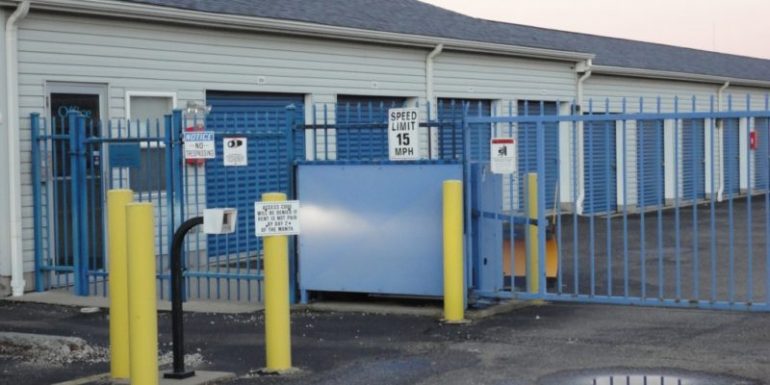The decision to place items in storage shouldn’t be taken lightly because these are, after all, still of value. Keeping them in good condition while in storage in facilities like Cubesmart is then a must! Here are a few tips to get you started on the right foot.
Check Out the Facilities First
Keep in mind that no two facilities are the same even when these are managed by the same company. You must then visually inspect the facilities in general and the units in particular to determine whether its features meet your requirements. Your must-see list should include the security measures, maintenance practices, and temperature control as well as the availability of packing materials and equipment.
Your visual inspection will also reveal the things that must be done in packing the items for storage. You may, for example, decide to store foldable furniture only due to the limited space.
Ask About the Security Measures
Sadly, the gates and padlocks on storage units will not stop burglaries from happening. A common scenario involves burglars masquerading as customers who rent a storage unit to gain access to the facilities.
Since they can enter the property gate using their confidential gate code, they have the opportunity to use their tools of the trade (e.g., bolt cutters) to gain access to the other storage units. Once they have cut the padlocks, they can replace these with their own padlocks and gain access in the future – and the unsuspecting manager and customers will only learn too late about it.
For this reason, you should ask the manager about the security measures in place to reduce the risk of burglaries. These can include new-generation cylinder locks, which cannot be opened by bolt cutters, and alarms with personal passcodes on each unit.
You may pay higher fees in return for stricter security measures but your valuables will be safer – and that’s sufficient reason in itself. The peace of mind you can enjoy is also priceless.
Ask About Climate Control
The typical storage units are enclosed spaces with no ventilation and insulation. Items stored in them will then likely degrade faster than when stored at home, no thanks to mold and mildew growth.
You may then want to consider climate-controlled storage units for fragile items and valuables, among others. You have the assurance that these objects will be protected from the extremes of weather, especially the heat of summer and the cold of winter.
Of course, the manner in which the items have been packed prior to storage will have a significant effect on their condition in the long-term period. This also goes true for the way in which these were stacked or arranged in the storage unit but that’s for another article.

